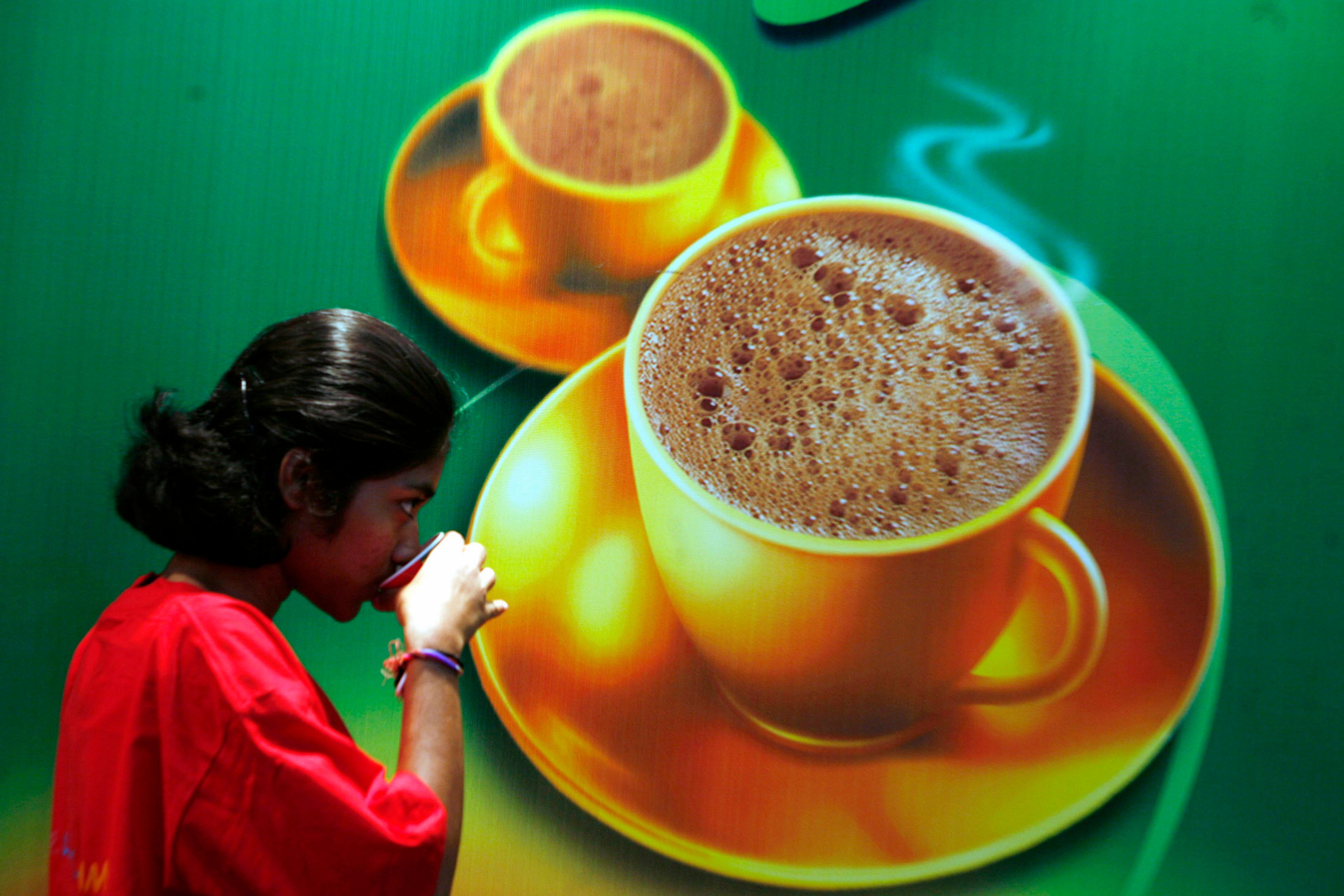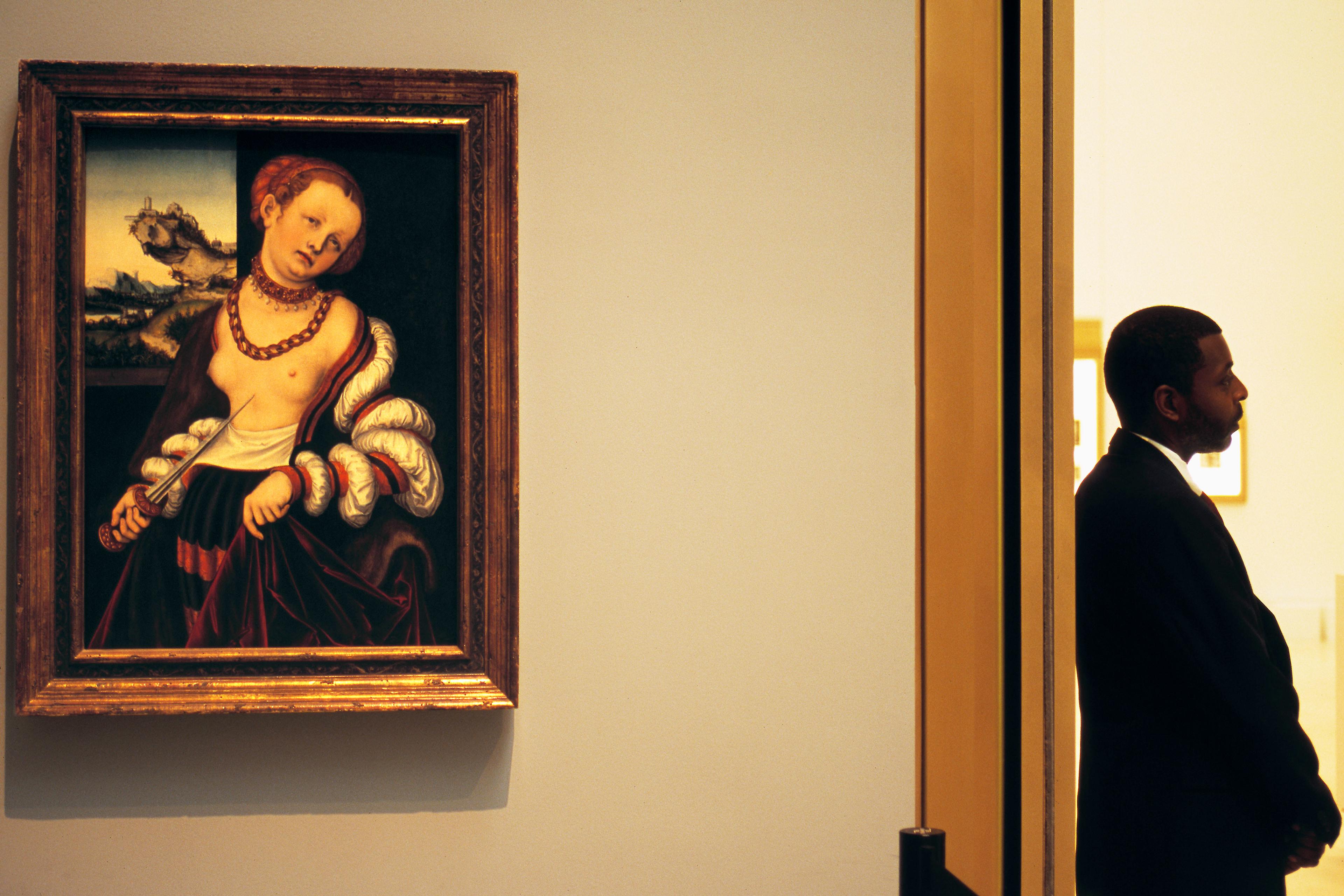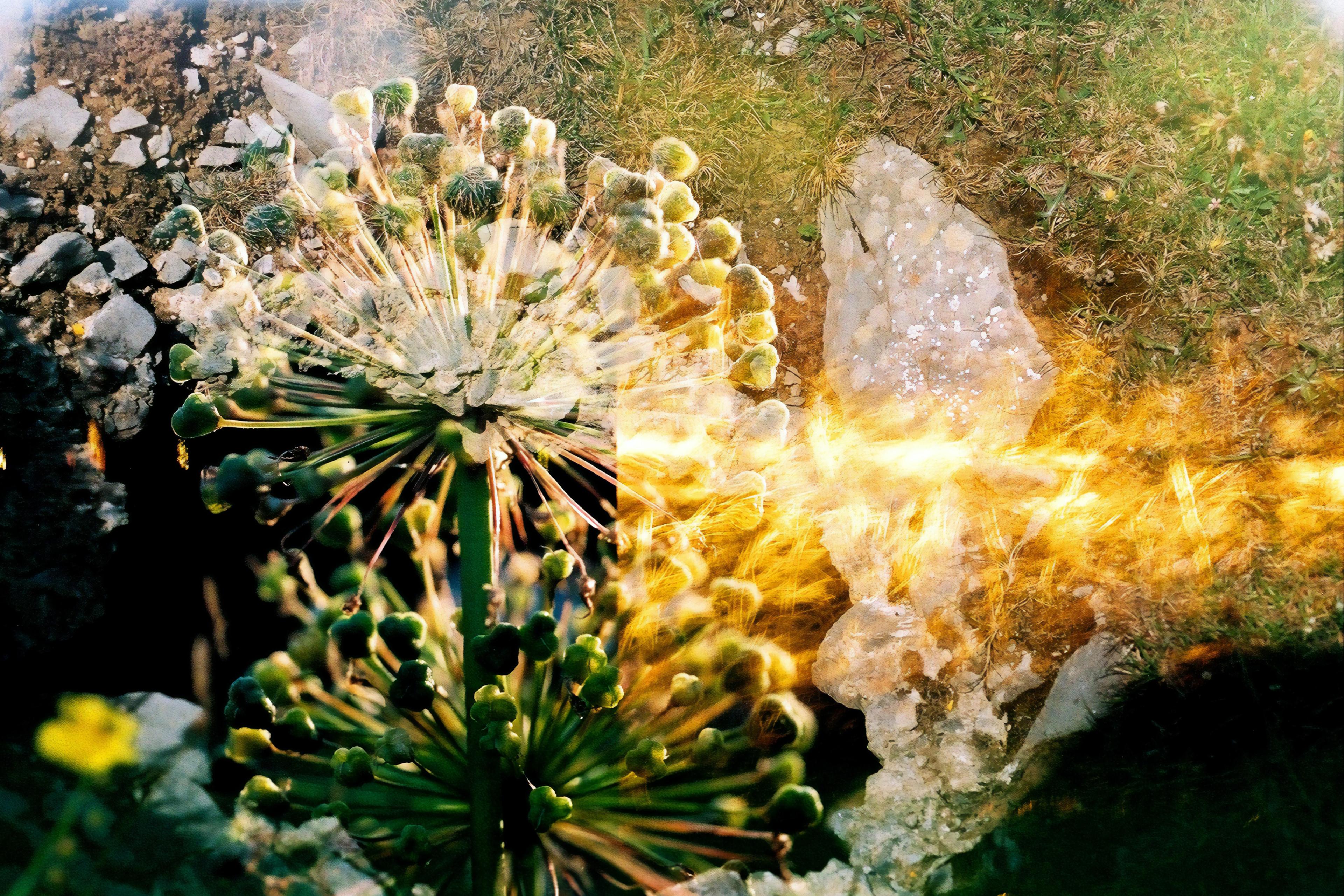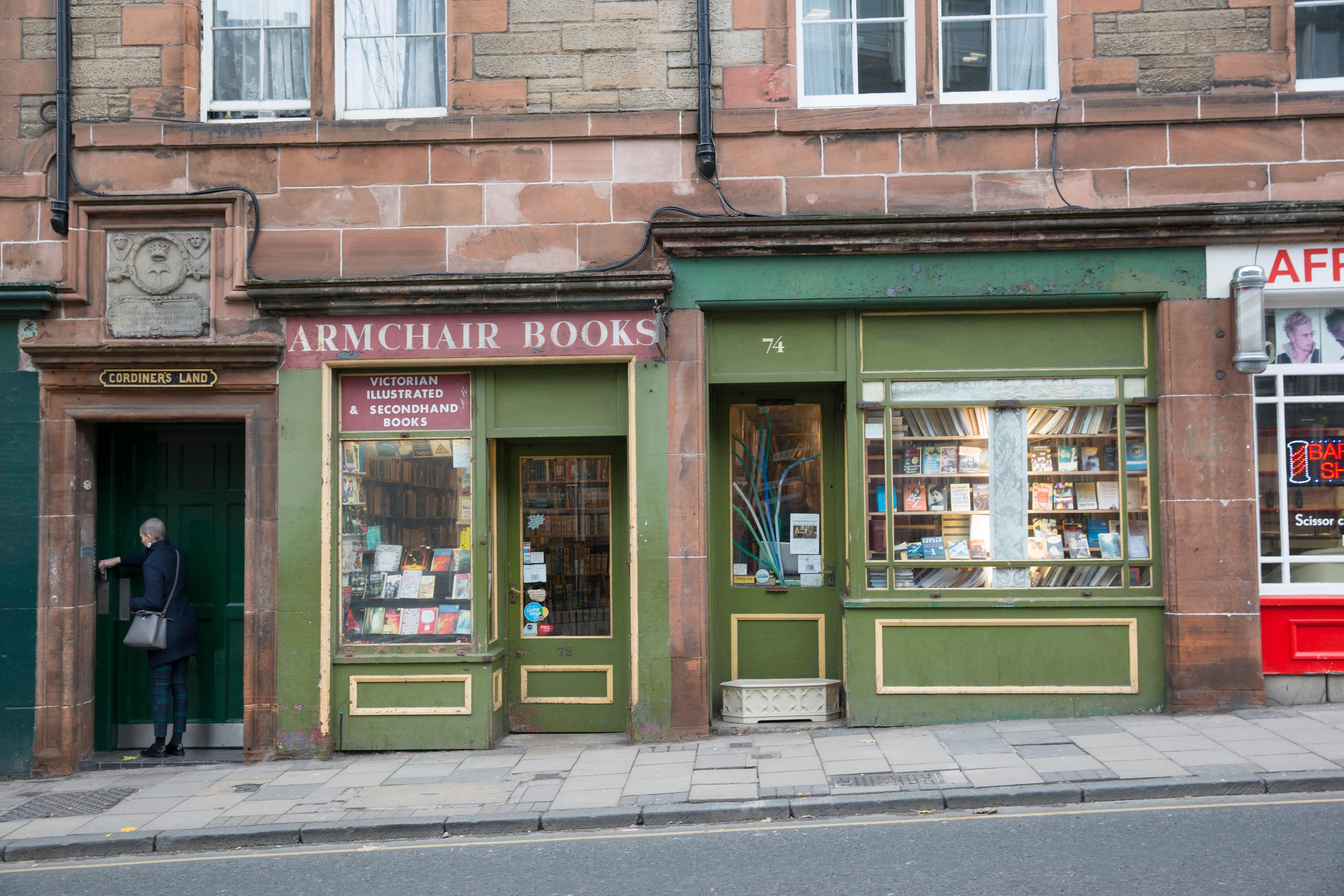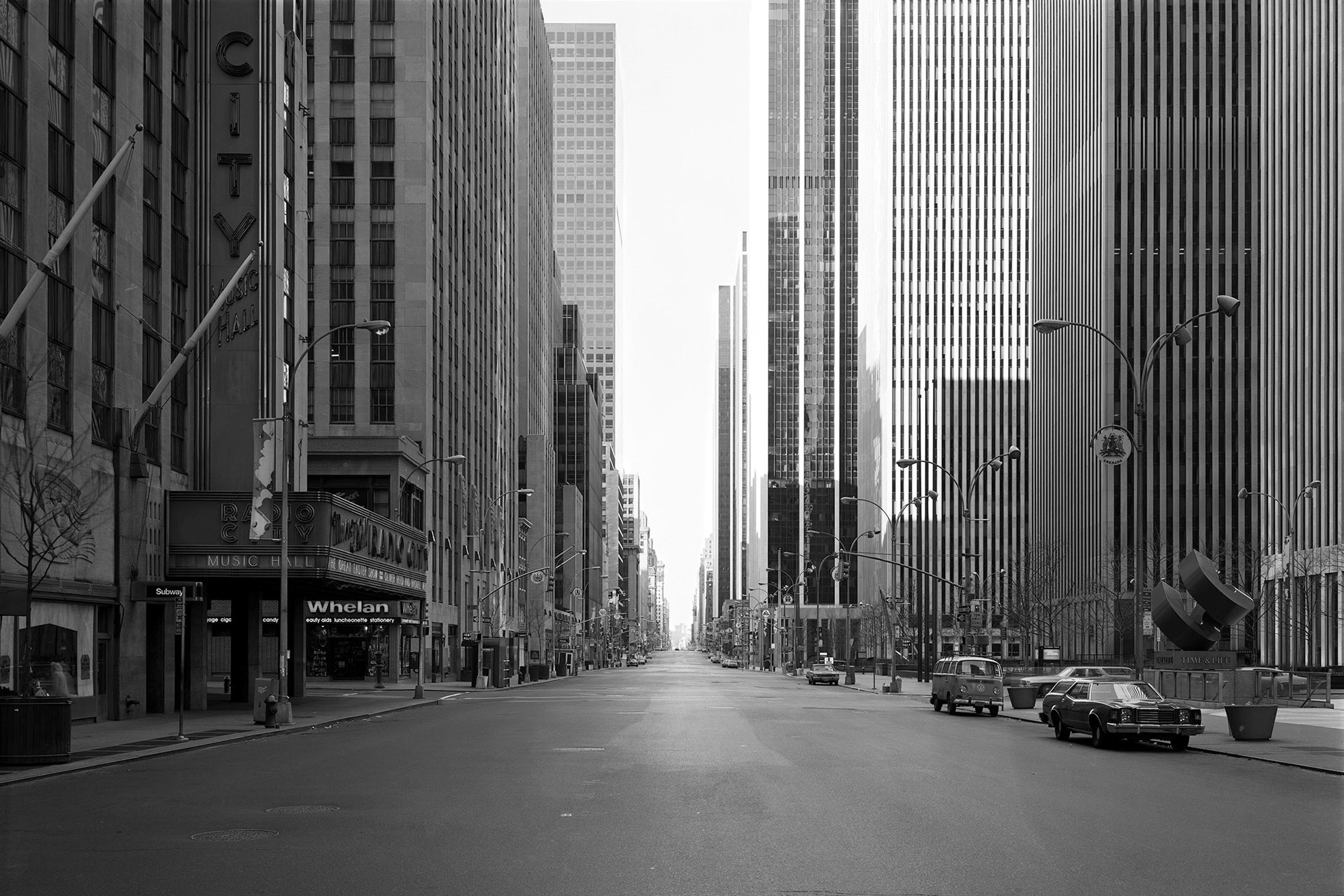One of my favourite walking routes though London goes from Waterloo Bridge to the London Eye, across the Thames to Big Ben, up Whitehall, and on to Soho for much-needed refreshment. But this spring, when a friend was visiting me from the United States, something happened on that familiar walk that made me see my home city with fresh eyes.
At a crossing by Trafalgar Square, she stopped in her tracks, though the lights were green. ‘What’s that?’ She pointed to the light flashing, not with the usual walking man, but with two female symbols, intertwined. ‘Oh that,’ I said shrugging. ‘The gay traffic lights of London.’ They’d gone up years ago, for the annual Pride Festival, and were so popular, they’d stayed – a little like my friend and I, who had a blast running back and forth between crossings so she could photograph all the LGBTQ+ symbols. Though she lives in San Francisco with her wife, these lights tickled her pink – and now they had the same effect on me.
This is an example of what the social psychologist Clayton Critcher at the University of California, Berkley calls the ‘vicarious construal effect’. By seeing an experience through someone else’s eyes, you can capture a feeling you’ve lost – or one you never even had. In an interview, Critcher said: ‘Simply trying to think about what someone else might see actually changes the way we see and interpret what we’re doing, changes the emotions we feel.’
This effect works whether rediscovering your hometown or more fully understanding another’s lived experience. So next time you notice yourself becoming oblivious to the place where you live, try to see it through the eyes of a visitor. Or better still, invite one over and share their perspective.

